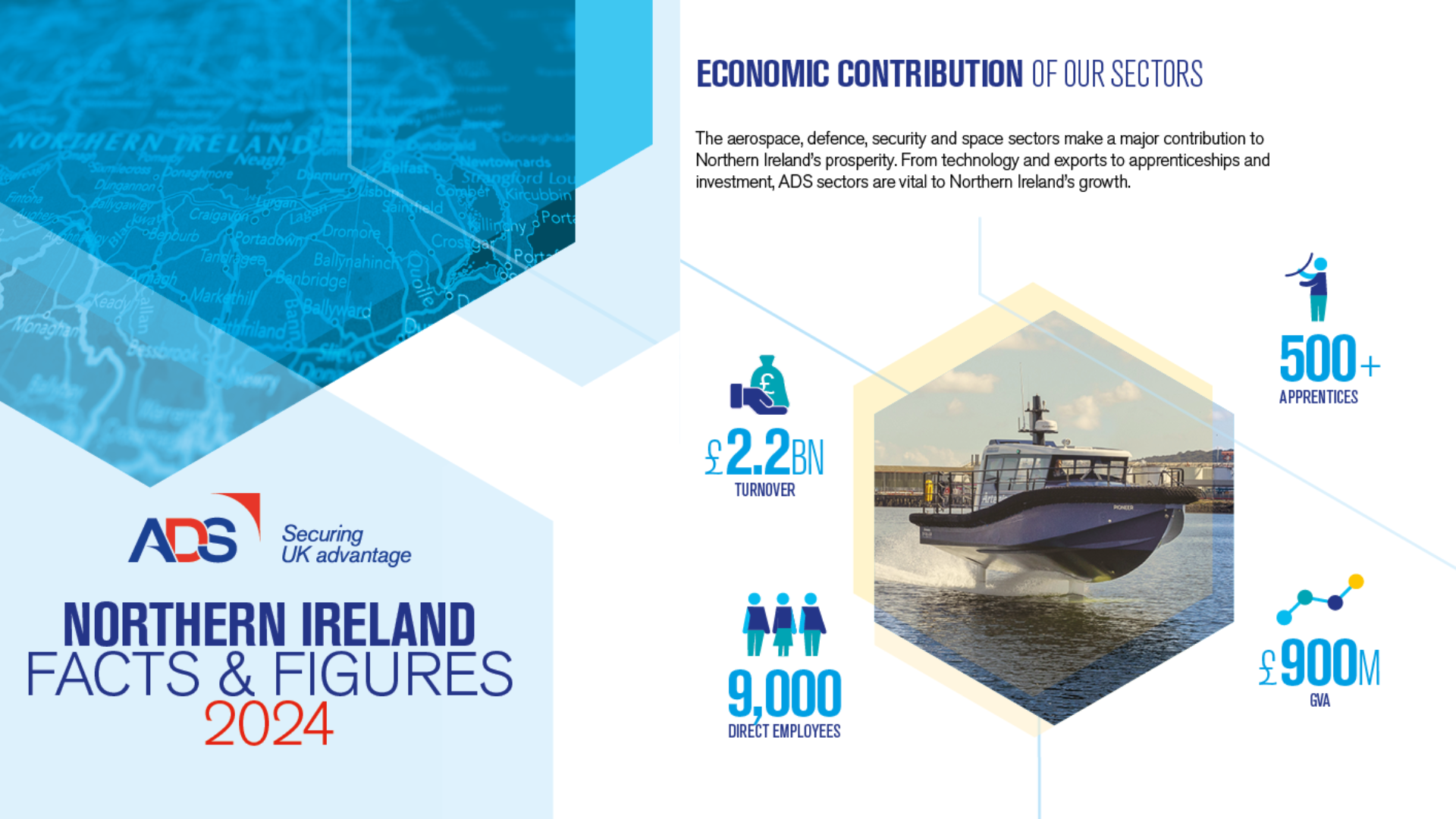
The UK Ministry of Defence recently published a new strategy that establishes an ambition for the UK to be “world-leading” in uncrewed defence systems, drawing from lessons learned from the war in Ukraine. The conflict in Ukraine has been closely followed by military strategists and governments across the world seeking to learn lessons about the future of warfare. In drone warfare in particular, Ukraine has shown how the balance between humans and technology may be shifting.
Ukraine has proved itself to be an incubator for innovation in a new style of drone warfare. First-person drones are proliferating, and drones are being made far more cheaply, using a blend of civilian and military technologies. The use of drones in Ukraine has shown the effect of cheap, disposable weapons used alongside traditional methods such as artillery. It has also highlighted the incredibly rapid pace of technological innovation and acquisition that is needed to maintain military advantage, a theme that ADS has been making for some time, such as in our Manifesto, and our paper calling for a renewed industrial strategy for the UK.
The strategy aims to learn the lessons from the battlefields of Ukraine, to ensure a world leading capability in the UK. The strategy sets out an approach that will “drive a more deliberate and coherent partnership” with the UK industrial base, and foster innovation to procure at pace, and build in iterative capability development.
To achieve this, £4.5 billion is committed over the next decade on military drones to accelerate the adoption of breakthroughs in research and development into the hands of those at the frontline.
The strategy sets out four key objectives:
- Expedite Acquisition Reform
- Build a resilient industrial base
- Define digital architectures for seamless integration
- Foster a culture of innovation
This strategy continues the aims of the Integrated Review Refresh and the Defence Command Paper Refresh to create a more agile acquisition process to ensure operational advantage. The focus in this strategy to combine this with direct engagement with regulatory bodies to align national ambitions with regulatory standards is incredibly important if the UK is to innovate at pace and invest in this capability. Industry will also welcome the focus on ensuring that the regulatory environment is pro-innovation, and the strategy rightly recognises that this must be a cross-government approach.
The strategy is designed to “guide practitioners and industry on how the Ministry of Defence will link research, development, manufacturing and platform adaptation to make the UK a world leader in uncrewed systems”. It identifies key actions for success, such as direct engagement with regulatory bodies, exploring opportunities to scale civil and military components to enable exports and enhance operational capability, and reducing barriers for SMEs to engage with Government.
The UK Defence Drone Strategy is a step towards modernising the UK’s defence capabilities. It acknowledges the power of uncrewed systems and positions the UK at the forefront of technological innovation. The actions identified set a precedent for close collaboration with industry in innovation, which will enable the UK armed forces to adapt and leverage technological developments and sets a path for the rapid upgrades that Ukraine has demonstrated are so vital for achieving military advantage.
ADS looks forward to engaging with government further, through groups such as the Drone Platform and Counter Drone Special Interest Group, on this to understand how, at an operational level, industry and government can work together to deliver on the aims of this strategy and secure the UK’s advantage.





